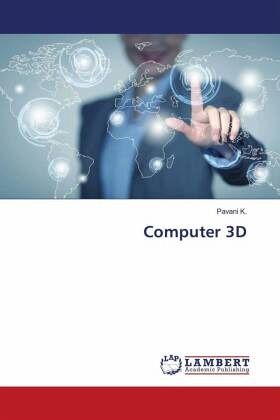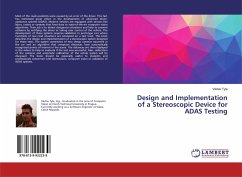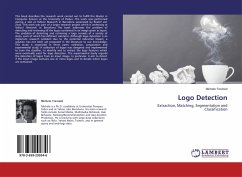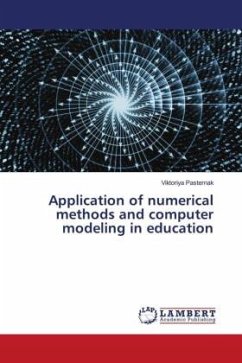
Computer 3D
Versandkostenfrei!
Versandfertig in 6-10 Tagen
29,99 €
inkl. MwSt.

PAYBACK Punkte
15 °P sammeln!
COMPUTER vision has become a very important means to obtain the 3-D model of an object. A number of 3-D sensing methods have been explored by researchers in the past 30 years. The structured light has made its progress from single light-spot projection to complex coded pattern, and, consequently, the 3-D scanning operation speeds up from several hours per image to dozens of images per second.It also takes the advantage of easy implementation, and, thus, this method is still the most widely used in structured light systems. The main drawback is that they cannot be applied to moving surfaces sin...
COMPUTER vision has become a very important means to obtain the 3-D model of an object. A number of 3-D sensing methods have been explored by researchers in the past 30 years. The structured light has made its progress from single light-spot projection to complex coded pattern, and, consequently, the 3-D scanning operation speeds up from several hours per image to dozens of images per second.It also takes the advantage of easy implementation, and, thus, this method is still the most widely used in structured light systems. The main drawback is that they cannot be applied to moving surfaces since multiple patterns must be projected. In order to obtain a better resolution, a technique based on the combination of gray code and phase shifting is often used. Its drawback is that a larger number of projection patterns (e.g., >20images) are required The first stage of feasible structured light systems came in early 1980 when the binary coding or gray coding methods were employed. This kind of pattern can achieve high accuracy in the measurements. This is due to the fact that the pattern resolutions are exponentially increasing among the coarse-to-fine light projections.












